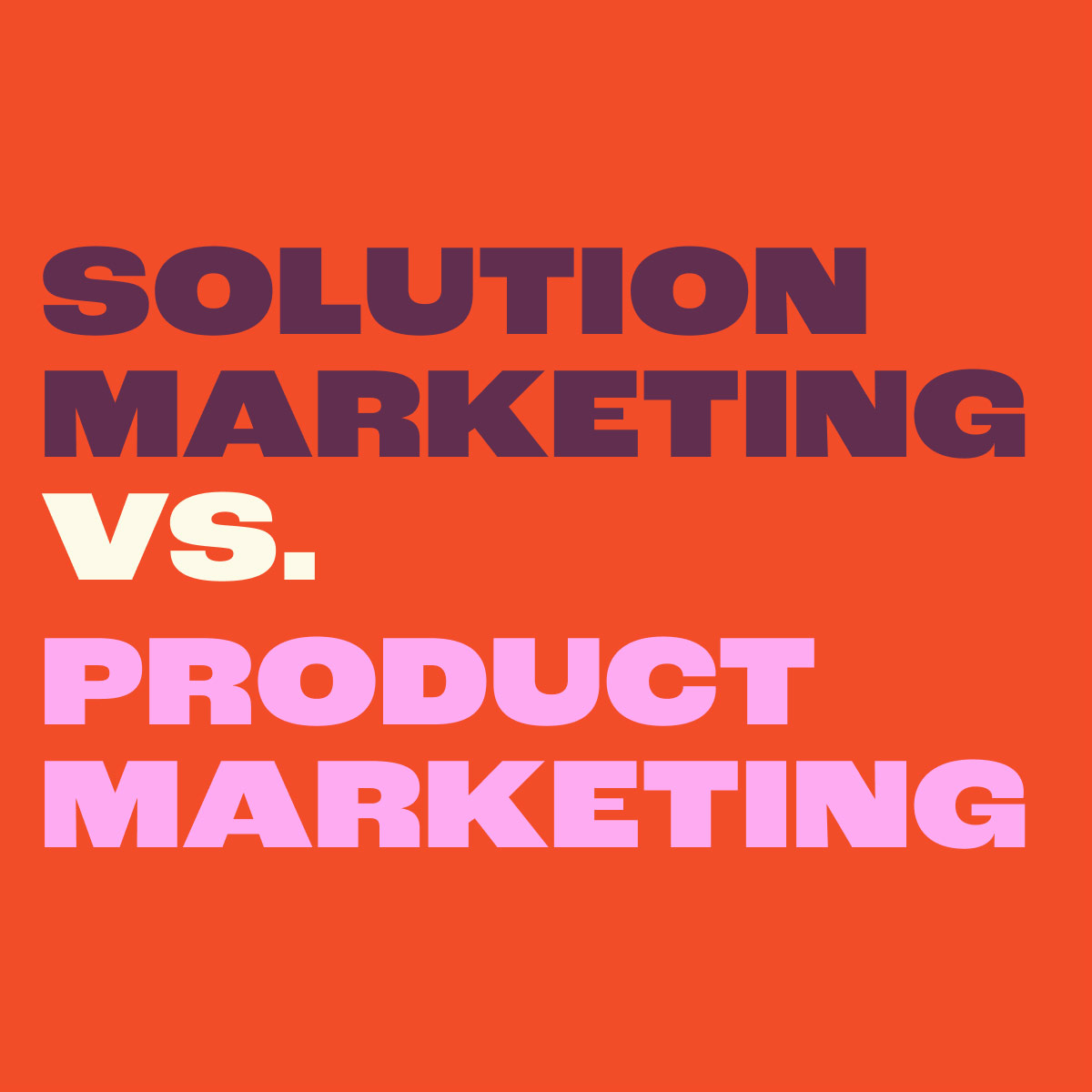The world of recruiting has transformed over the last five to 10 years, bringing with it a unique set of challenges. With record talent shortages seen around the world, candidates have the upper hand.

No longer are employers calling the shots, and no longer are candidates willing to compromise. A survey queried 39,195 employers in 43 countries and found that 45% can’t find the skills they need, and for organizations larger than 250+ employees, that’s even higher, with a staggering 67% reporting talent shortages in 2018.
Simply put, today’s market is a candidate’s market. And candidates are more discerning, more demanding, and more millennial (that’s a word, right?) than ever as demographics shift. They want it all, and they want it on their terms: a good salary and benefits, to be sure, but also a career filled with purpose and meaning.
It’s such a candidate’s market, in fact, that a new trend has HR professionals scratching their heads: “ghosting.” Ghosting is a term commonly used in one’s personal life to describe the experience of being suddenly unresponsive to communications, and it’s now being used in the professional world. Recruiters and HR professionals are increasingly dealing with vanishing candidates. Not only are candidates simply not showing up to interviews, but new hires aren’t even showing up to work.
What does this all mean for recruiting talent? How can we overcome these obstacles? Keep in mind four vital pillars, outlined below:

Prioritize your EVP and never lose sight of it
If there’s one thing you should take away from this article, it’s the importance of expressing a brand as an employer, offering a rewarding, purpose-filled career with opportunity to advance. Developing and driving awareness of your employer value proposition (EVP) is a prerequisite to finding talent. Brand purpose matters. Ping pong tables and baristas aren’t enough; an EVP must deliver on both the surface and deeper-level value propositions. According to Gartner, organizations that effectively deliver on their EVP can increase new-hire commitment by 30%. That can make an enormous difference on productivity, engagement, and the bottom line.

Know your audience and tailor accordingly
These days, it’s all about millennials. According to Pew Research, Millennials have overtaken Gen X and baby boomers, now comprising more than one-third of the American labor force—making them the largest generation represented. And it’s no secret that millennials are a different beast: They’re uncompromising, bold, and demand a career that’s personally meaningful.
What worked before may not work to attract millennials. So, take your time to really understand your prospective candidate base and hire people who are aligned with your organization’s values and culture. That might mean developing candidate segmentations and/or personas to understand what your audience really values and subsequently crafting tailored messages for that audience.

Go where they are and follow them
Millennials are also extremely tech-driven and discerning. Traditional channels such as job boards and alumni networks are being replaced by social media. A study from the Aberdeen Group revealed that 73% of millennials found their last position through a social media platform. That said, using social media to attract, hire, and advocate for your brand is proving to be extremely effective. Whether putting out branded content that attracts potential hires or using Instagram (as an example) to post about job opportunities, social media is an essential platform for delivering thoughtful messages.
Those messages should be mindful of the candidate journey, utilize retargeting strategies, and not shy away from talking money. That means serving up a purpose-driven message at the start, intended to make people fall in love with the brand, followed by a closing message driven by compensation/benefits to help seal the deal with interested candidates.

Once you’ve got them, leverage them
With millennials spending most of their time on social media, that’s an opportunity for them to become brand advocates. Using paid influencers across these channels is no longer effective because millennials are skeptical of their motives and truthfulness. Instead, millennials listen to friends and families. Studies by Nielsen report that 92% of people will trust recommendations from their personal network over advertising and promotions. In the same vein, a survey by Monster revealed that 65% of respondents would consider a job opportunity if they heard about it through their personal network.
By amplifying employees’ positive experiences and furthering social referral programs, social media can be an excellent word-of-mouth platform that creates advocacy for your brand. Organizations should provide turnkey solutions that make it easy and desirable for employees to promote the company. Formalizing an employee referral program that rewards employees for posting company-related social assets, for example, is an effective way to facilitate advocacy.
The bottom line? Be thoughtful about the employer brand you develop, make sure it’s communicated effectively, and keep your eye on the prize. The road to finding the right talent has changed, but it can be navigated. Done correctly, hiring may prove to be more effective at driving your organization’s success than ever before.
Looking to boost recruitment and strengthen your EVP? Get in touch to start a conversation.


